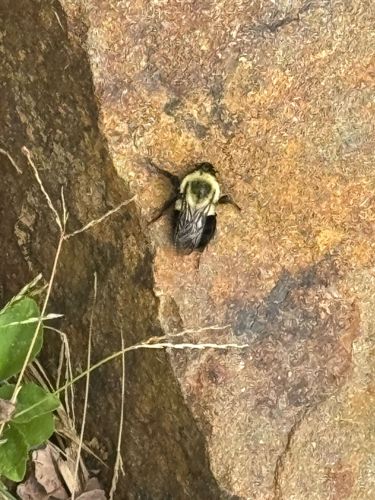Bumblebee
Scientific Name: Bombus spp.
Order & Family: Hymenoptera, Apidae
Size: Typically 8-25 mm (0.3-1 inch) in length, depending on the species and caste.

Natural Habitat
Found in a variety of habitats including grasslands, woodlands, urban gardens, and agricultural areas, wherever flowering plants are present.
Diet & Feeding
Adult bumblebees feed on nectar from flowers for energy and collect pollen for protein, which they feed to their larvae.
Behavior Patterns
Bumblebees are social insects living in colonies, though smaller than honeybee colonies. They are excellent pollinators, foraging for nectar and pollen. They are known for their 'buzz pollination' or sonication, where they vibrate their bodies to release pollen from certain flowers. Queens emerge in spring to start new nests, workers develop during summer, and new queens and males are produced later in the season. Only new queens overwinter.
Risks & Benefits
Benefits: Bumblebees are critically important pollinators for wild plants and agricultural crops, contributing significantly to biodiversity and food production. Risks: They can sting if provoked, but are generally not aggressive. The sting can be painful but is usually only dangerous to individuals with severe allergic reactions.
Identified on: 10/18/2025